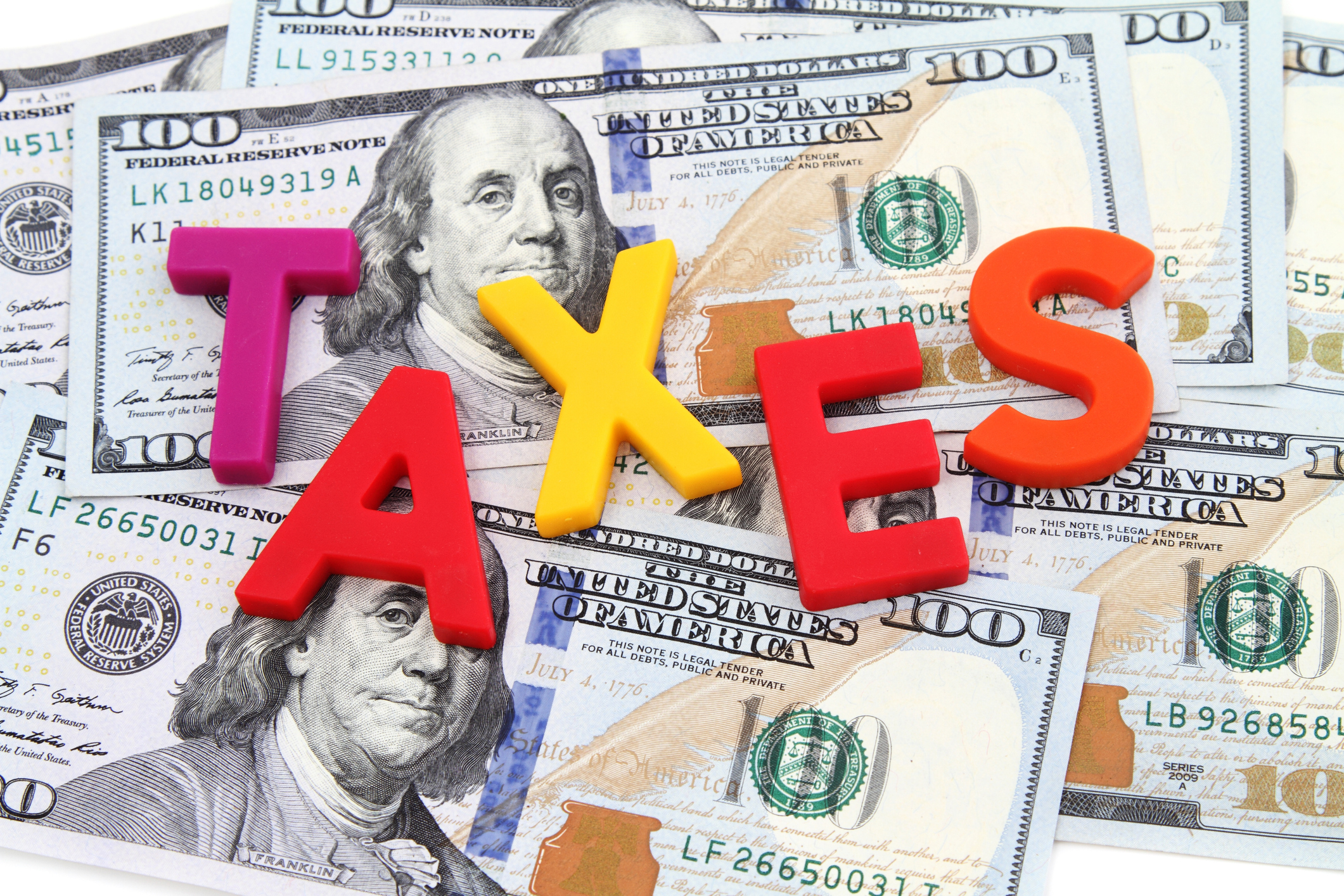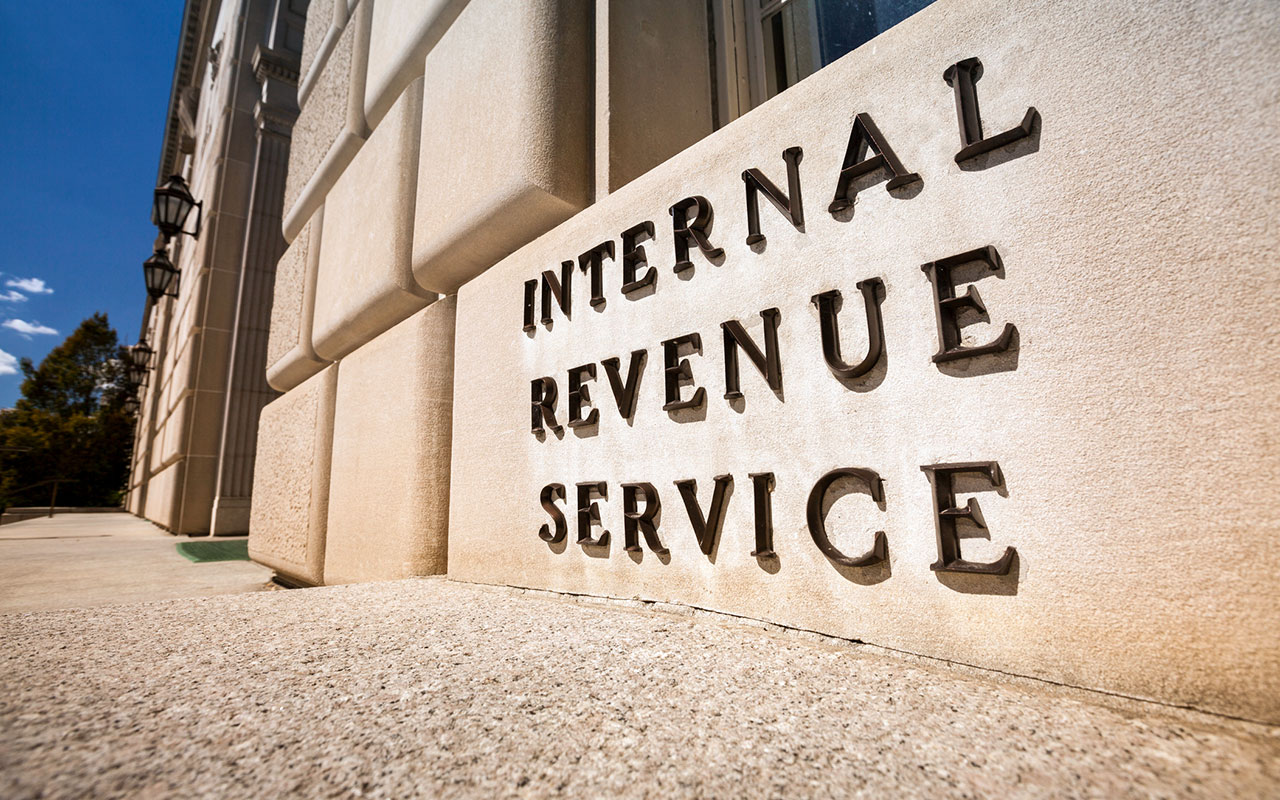RMD Waiver + Stimulus Check = Tax Credit
For seniors who got a stimulus check of less than $1,200, not having to take a required minimum distribution from their retirement accounts this year could mean they'll get a tax credit next year.

For retirees, the two most important parts of the recent CARES Act waived required minimum distributions (RMDs) for 2020 and authorized stimulus checks for most American adults. The RMD waiver protects seniors who would otherwise have to dip into slumping traditional IRA and 401(k) accounts and withdraw an amount based on pre-coronavirus values. Now, retirees who can get by without their 2020 distribution can leave that money in their retirement accounts an extra year and, hopefully, let those accounts regain lost value. The stimulus checks put money directly in retirees' pockets – up to $1,200 per person (assuming there are no dependent children). Struggling seniors can use this cash infusion to pay rent, buy food, cover medical expenses, or prop up their finances in any way they see fit.
Each of these benefits is separately impactful in its own way – either by providing immediate financial relief or stretching out retirement savings. However, when combined, they can do even more together. A third benefit materializes for certain seniors who don't take a 2020 RMD and receive a reduced stimulus check – a tax credit on their 2020 tax return. Here's why…
Stimulus Checks and the Tax Credit Are Related
The way the CARES Act is written, stimulus checks are actually just advanced payments of a new "recovery rebate" tax credit for the 2020 tax year. Both your stimulus check and the tax credit are calculated the same way, but they're based on information from different tax years. The credit will be based on information on your 2020 tax return, which you'll file next year. However, if you filed a tax return for 2018 or 2019, the IRS got the information it needed to calculate the amount of your stimulus check from one of those returns (the most recent one filed when the IRS started processing your payment). Since the stimulus check is an advanced payment of the credit, you'll have to subtract the amount of your stimulus check from the credit amount when preparing your 2020 tax return. But at least the result can't be below zero.

Sign up for Kiplinger’s Free E-Newsletters
Profit and prosper with the best of expert advice on investing, taxes, retirement, personal finance and more - straight to your e-mail.
Profit and prosper with the best of expert advice - straight to your e-mail.
The amount of both your tax credit and stimulus check is initially based on your filing status and the number of children you have who are under age 17. Everyone starts with $1,200 ($2,400 for joint filers), and then an additional $500 is added for each qualifying child. However, both amounts are phased-out for people at certain income levels. They are gradually reduced to zero if you're single, married filing a separate tax return, or a qualifying widow(er) with an adjusted gross income (AGI) between $75,000 and $99,000; married and file a joint tax return with an AGI between $150,000 and $198,000; or a head-of-household filer with an AGI between $112,500 and $136,500. Again, the IRS will collect all the necessary information from your 2020 return for the credit, and from your 2018 or 2019 return for the stimulus check.
Since your tax situation can change from year-to-year, the 2020 credit and your stimulus check may or may not be equal. If your stimulus check and your tax credit are the same, your 2020 credit is zero (remember, you have to subtract the check from the credit amount). If your stimulus check is greater than your credit amount, your 2020 credit is also zero – but at least you won't have to repay the difference. If your stimulus check is less than your credit, your 2020 credit is equal to the difference.
Use our Stimulus Check Calculator to determine your stimulus check amount and to estimate your recovery rebate credit. Use your "best guess" to input your 2020 information. Subtract the actual stimulus check amount from the estimated 2020 amount to see how much of a recovery rebate credit you might get.
(Note that you're not eligible to receive a stimulus payment or recovery rebate credit if you can be claimed as a dependent on someone else's tax return.)
RMDs Are Taxable
Now let's factor in the RMD waiver. The important thing to remember here is that the amount you're forced to withdraw from a traditional IRA or 401(k) plan is taxable income that becomes part of your annual AGI. You've been contributing to the account and letting the funds grow tax-free for years. At some point the IRS wants to tax it. That's why RMDs exist – to make you take money out of the account so it can be taxed. (RMDs aren't required from Roth IRAs because tax has already been paid.)
However, if you don't have to take money out of your retirement account this year, you'll have that much less taxable income in 2020. If you have less taxable income, your AGI will be lower. If your AGI is lower, your 2020 recover rebate credit might be higher because it might not be phased out (or not phased out as much). If your 2020 credit is higher, your stimulus check is more likely to be less than your credit. If your stimulus check is less than your 2020 credit, then you actually get to claim a credit for the difference.
Pulling It All Together
Here's an example illustrating how this works:
Suzanne is 80 years old and single. She has no dependent children. In 2019, Suzanne took a $16,000 RMD from a traditional IRA. She also had other taxable income last year and reported an AGI of $85,000 on her 2019 tax return, which she filed in February 2020. Since she filed her 2019 return so early, the IRS was able to use it to calculate the amount of her stimulus check. Because her 2019 AGI was over $75,000, her stimulus check was reduced from $1,200 to $700.
If Suzanne were required to take an RMD in 2020, she would have to withdraw $15,000 from her IRA. However, since RMDs are waived for the year, she doesn't withdraw any money from her IRA in 2020. As a result, her 2020 AGI is only $70,000. Since her 2020 AGI is below the point where the phase-out kicks in ($75,000), her 2020 recovery rebate credit is $1,200. Since the calculated credit amount is more than her stimulus check, she can claim the difference ($500) as a credit on her 2020 tax return ($1,200 – $700 = $500).
What If You Already Took an RMD for 2020?
If you took your 2020 RMD before the CARES Act became law (President Trump signed it on March 27, 2020), there might be a way to reverse the withdrawal and put the money back into your retirement account. If you withdrew retirement account funds between February 1 and May 15, 2020, and you haven't rolled over any other distributions in the past year, you have until July 15, 2020, to roll the distribution back into your account. If you took your distribution in January 2020, you're out of luck – at least for now. But don't be surprised if the IRS or Congress eventually provides relief for people who withdrew money in January, too. (For more information, see IRS Provides Additional RMD Relief for Retirees.)
What If You Didn't File Tax Returns for 2018 or 2019?
Eligible seniors who didn't file an income tax return for 2018 or 2019 will still receive a stimulus check. In that case, the IRS will get the information it needs from the Social Security Administration (or Railroad Retirement Board, if applicable). However, the check amount is likely to be for the full $1,200, which means that you're not likely to qualify for a recovery rebate credit even if you take advantage of the RMD waiver.
On the other hand, if they didn't file a 2018 or 2019 tax return, Social Security recipients with children 16 years old or younger who didn't use the IRS's "Non-Filers: Enter Your Payment Info Here" tool by April 22, 2020, to report the children will get a $500-per-child recovery rebate credit on their 2020 tax return.
Should You Take a Distribution from Your Retirement Account in 2020?
If you need the money, by all means withdraw what you need from your retirement account. However, if you have enough income from other sources to make it through the year, considered holding off until 2021 before pulling money out of a traditional IRA or 401(k) plan. There could be other benefits to waiting in addition to the extra year of financial growth and a potential recovery rebate credit. You may, for example, avoid being pushed into a higher tax bracket or having more of your Social Security benefits taxed. More income could also mean higher Medicare premiums. So, there are a number of reasons why you might not want to take money out of your retirement account this year.
Just one final word of caution for retirees with 401(k) accounts: Some 401(k) administrators calculate and send your RMD automatically if you haven't taken a distribution by a certain date. Check with your 401(k) administer to see how it plans to handle the 2020 RMD waiver if you don't want to take out money this year.
Get Kiplinger Today newsletter — free
Profit and prosper with the best of Kiplinger's advice on investing, taxes, retirement, personal finance and much more. Delivered daily. Enter your email in the box and click Sign Me Up.
Rocky Mengle was a Senior Tax Editor for Kiplinger from October 2018 to January 2023 with more than 20 years of experience covering federal and state tax developments. Before coming to Kiplinger, Rocky worked for Wolters Kluwer Tax & Accounting, and Kleinrock Publishing, where he provided breaking news and guidance for CPAs, tax attorneys, and other tax professionals. He has also been quoted as an expert by USA Today, Forbes, U.S. News & World Report, Reuters, Accounting Today, and other media outlets. Rocky holds a law degree from the University of Connecticut and a B.A. in History from Salisbury University.
-
 Stock Market Today: Stocks Gain on Tech, Auto Tariff Talk
Stock Market Today: Stocks Gain on Tech, Auto Tariff TalkThe Trump administration said late Friday that it will temporarily halt tariffs on some Chinese tech imports.
By Karee Venema
-
 Sam's Club Plans Aggressive Expansion: Discover Its New Locations
Sam's Club Plans Aggressive Expansion: Discover Its New LocationsSam's Club expansion plans will open up to 15 new stores each year. Learn where they plan to open in 2025.
By Sean Jackson
-
 Tax Time: Does Your Kid Influencer Owe Taxes?
Tax Time: Does Your Kid Influencer Owe Taxes?State Tax Some minors are making big money on social media. Here’s how to know if they need to file taxes.
By Gabriella Cruz-Martínez
-
 Free IRS Tax Filing for 30 Million People: Will It Continue Under Trump?
Free IRS Tax Filing for 30 Million People: Will It Continue Under Trump?Tax Filing Direct File was piloted last year in 12 states and has since expanded to 25. But some wonder whether the program will last under the Trump administration.
By Gabriella Cruz-Martínez
-
 How Caregivers for Adults Can Save on Taxes in 2025
How Caregivers for Adults Can Save on Taxes in 2025Tax Breaks Caring for your parent or spouse can be stressful, but the IRS offers tax breaks for qualifying taxpayers. Here they are.
By Kate Schubel
-
 U.S. Treasury to Eliminate Paper Checks: What It Means for Tax Refunds, Social Security
U.S. Treasury to Eliminate Paper Checks: What It Means for Tax Refunds, Social SecurityTreasury President Trump signed an executive order forcing the federal government to phase out paper check disbursements by the fall.
By Gabriella Cruz-Martínez
-
 IRS Layoffs Spark Delays, Doubt This Tax Season
IRS Layoffs Spark Delays, Doubt This Tax SeasonTax Season Tax experts say Trump’s downsizing of the IRS is already causing problems.
By Gabriella Cruz-Martínez
-
 States with the Highest Income Tax Rates for Retirees
States with the Highest Income Tax Rates for RetireesState Tax You may reconsider living and retiring in one of these states due to high taxes.
By Kate Schubel
-
 AI Tax Scams Target Middle and Older Adults: What to Know
AI Tax Scams Target Middle and Older Adults: What to KnowScams Whether you’re a retiree or Gen Z, scammers can gouge big financial losses with the help of artificial intelligence.
By Kate Schubel
-
 Tax-Deductible Home Improvements for Retirement in 2025
Tax-Deductible Home Improvements for Retirement in 2025Retirement Taxes Your aging-in-place plan could benefit from the medical expense tax deduction. But watch out for capital gains and property taxes.
By Kate Schubel